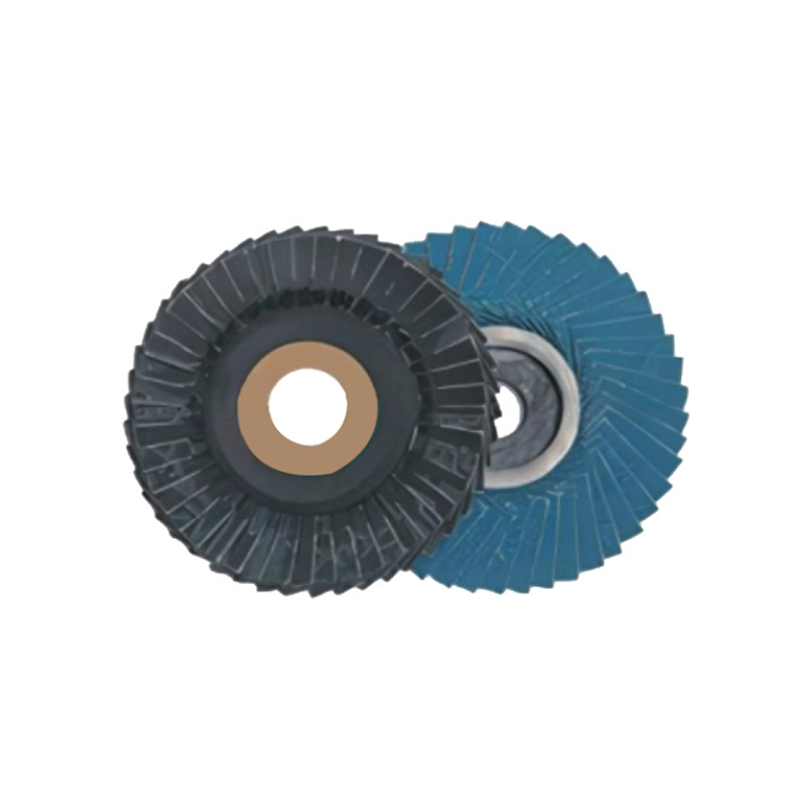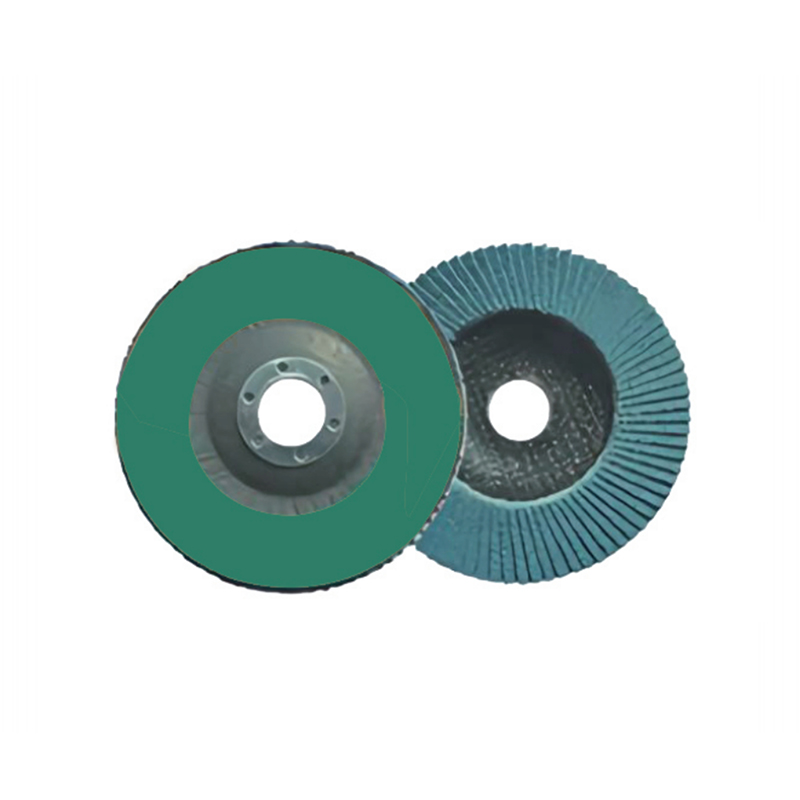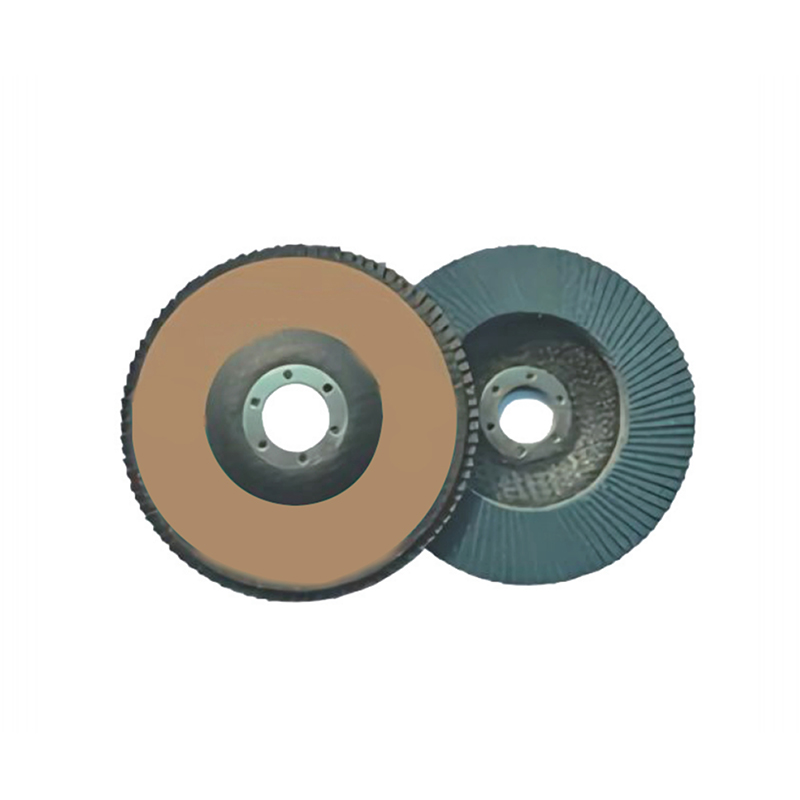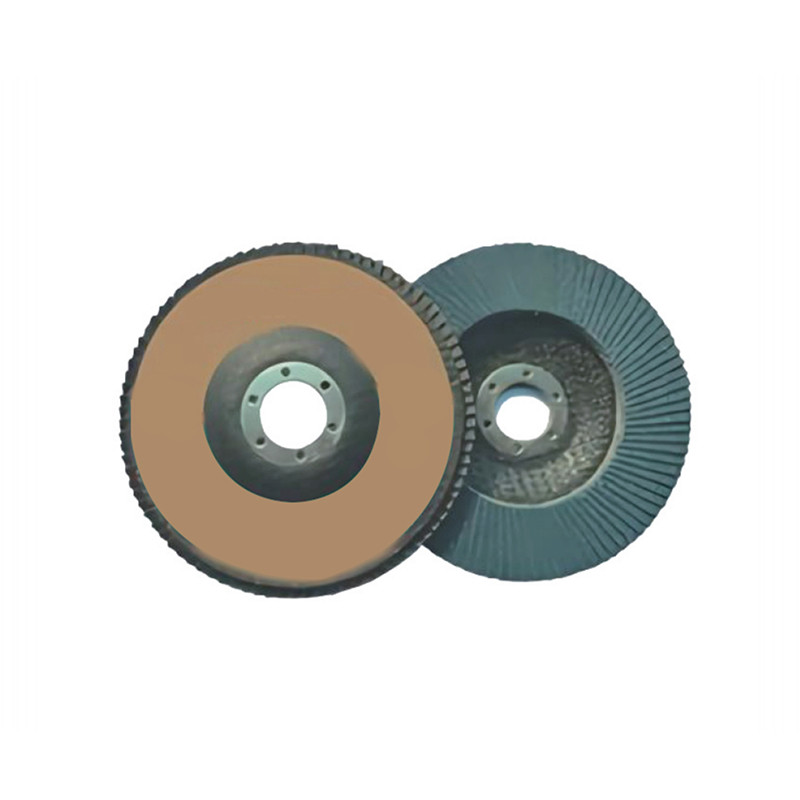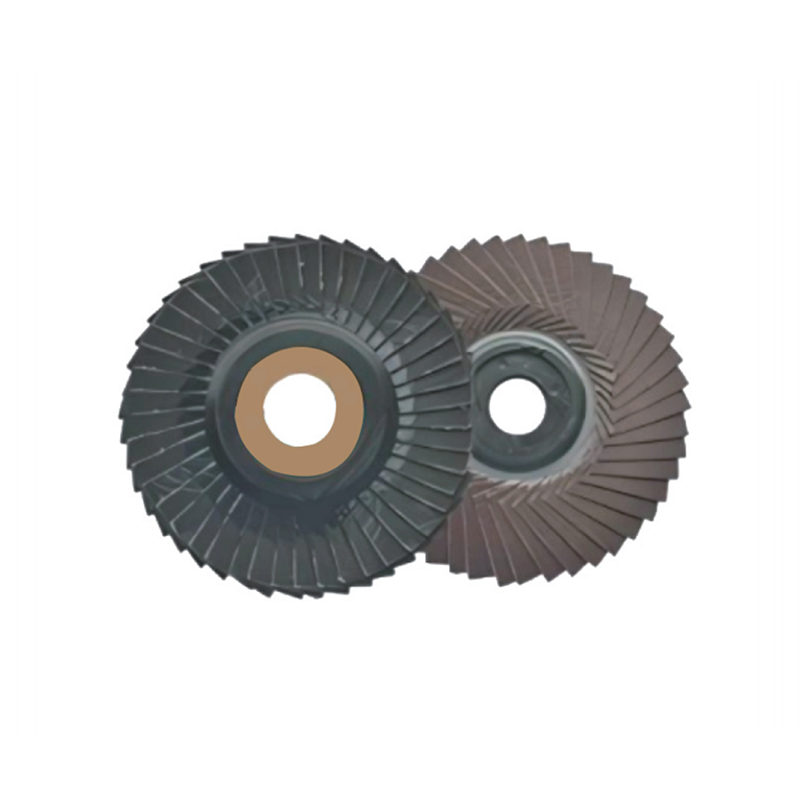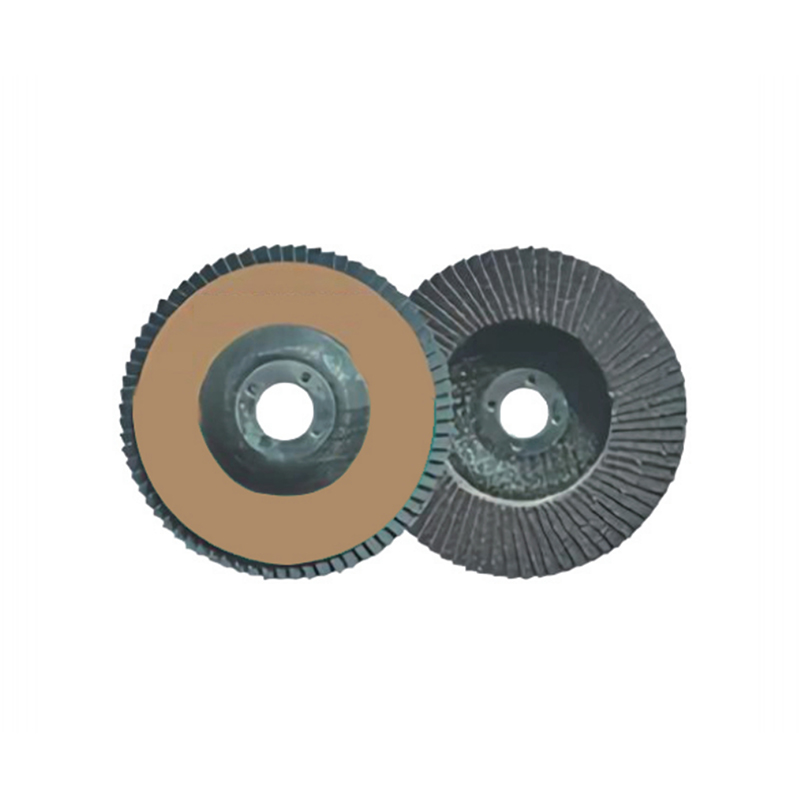Calcined Gauze A Dish Shape Flap Disc
Product Size
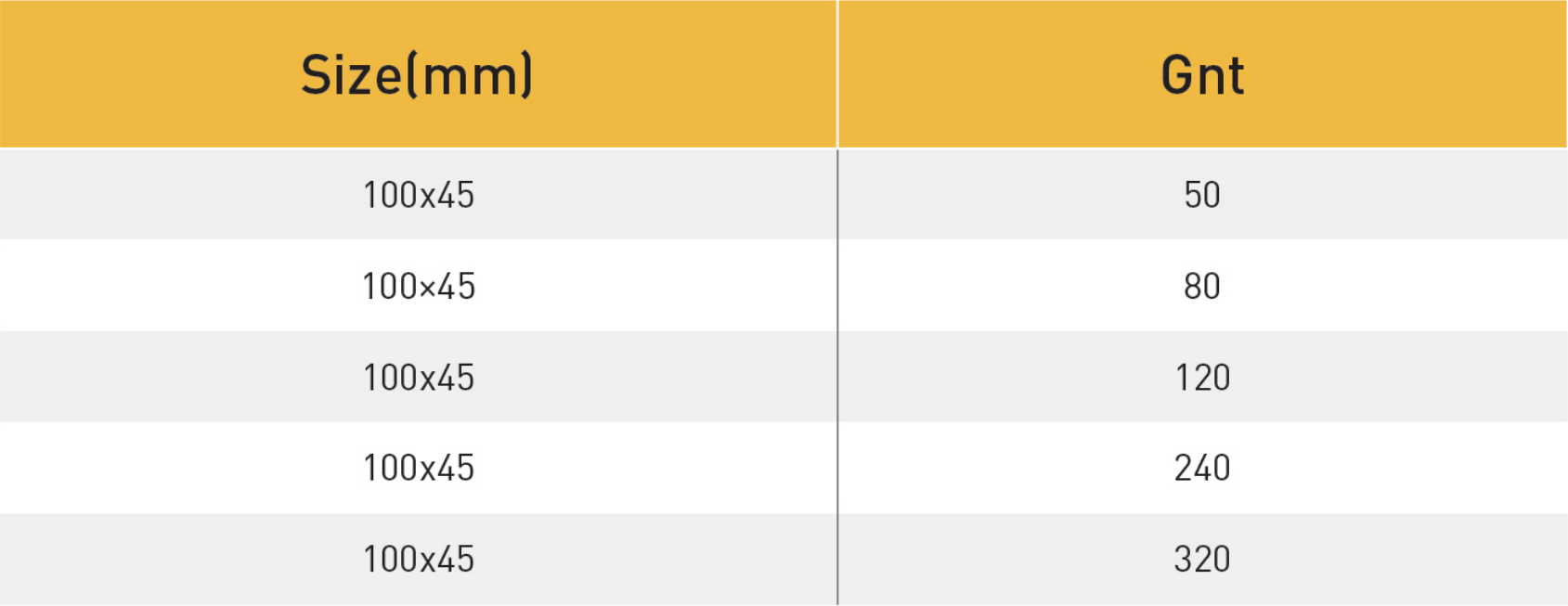
Product Show
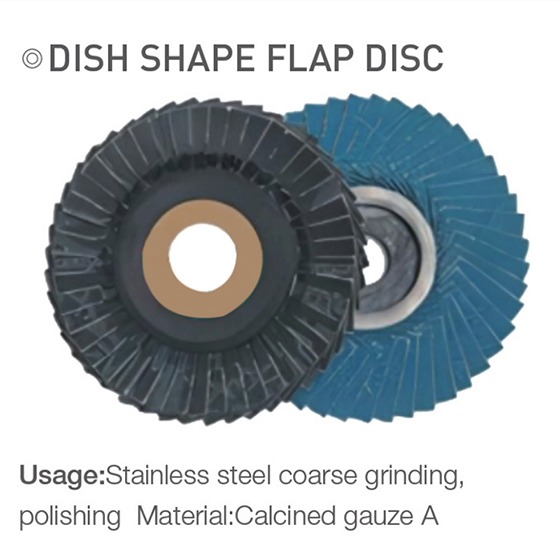
This machine can grind stainless steel, nonferrous metals, plastics, paints, wood, steel, mild steel, ordinary tool steel, cast iron, steel plates, alloy steels, special steels, spring steels. Low vibration systems reduce operation fatigue. Heat is dissipated efficiently, and pollution is not emitted. As a result, it produces a smooth, durable surface finish. It is a quick and easy alternative to fiber sanding discs and bonded wheels when gouging resistance and a final finish are of crucial importance. It is possible to grind welds, deburr, remove rust, grind edges, and blend welds with blind blades if you choose the right ones. This machine is heat-resistant and durable, and can grind and polish large pieces of equipment. Louver wheels can be adapted to cut materials of varying strengths because of their relative strength. Louver wheels can be adapted to cut materials of varying strengths. Since it is hard and durable, it performs better than similar machines.
In addition to slowing down wear and reducing abrasion, excessive use of louver blades can cause them to overheat. When Venetian blind blades are not engaged enough with the metal during grinding, they take longer to grind correctly. If the angle is too flat, excess blade particles can connect with the metal. You will need to adjust the angle depending on what you are grinding. In a blind blade, excessive angles can result in excessive wear and poor polish. Angles typically range from five to ten degrees.

